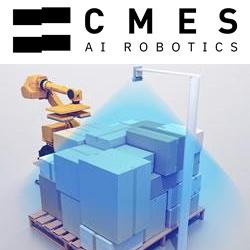New Study Shows U.S. is World Leader in Robotics Automation - With $732 Billion of Robots
ABB sells its first ever robot manufactured in the US to Hitachi Powdered Metals USA
Grocery 4.0: Ocado reshapes retail with robotics and automation
Rise of the Robots
ST Robotics Offers New Super-Fast Robot Arm
Rethink Robotics Releases Intera 5: A New Approach to Automation
Japan's Rust Belt Counting on Robonomics to Run Assembly Lines
BERNSTEIN: China's insane spending on robotics is fundamentally changing capitalism
Robotics startup Exotec raises $3.5 million to help warehouses pack and dispatch goods using mini robots
Meet the robot whisperer who trains "big, monstrous, industrial robots" to follow her every command
Foxconn reaches 40,000 robots of original 1 million robot automation goal
Japanese Robotics Giant Gives Its Arms Some Brains
Google Canceled the Launch of a Robotic Arm After it Failed the 'Toothbrush Test'
Could the future of pizza be in the hands of robots?
Robot Sews First Complete Garment
Records 361 to 375 of 435
First | Previous | Next | Last
Factory Automation - Featured Product

